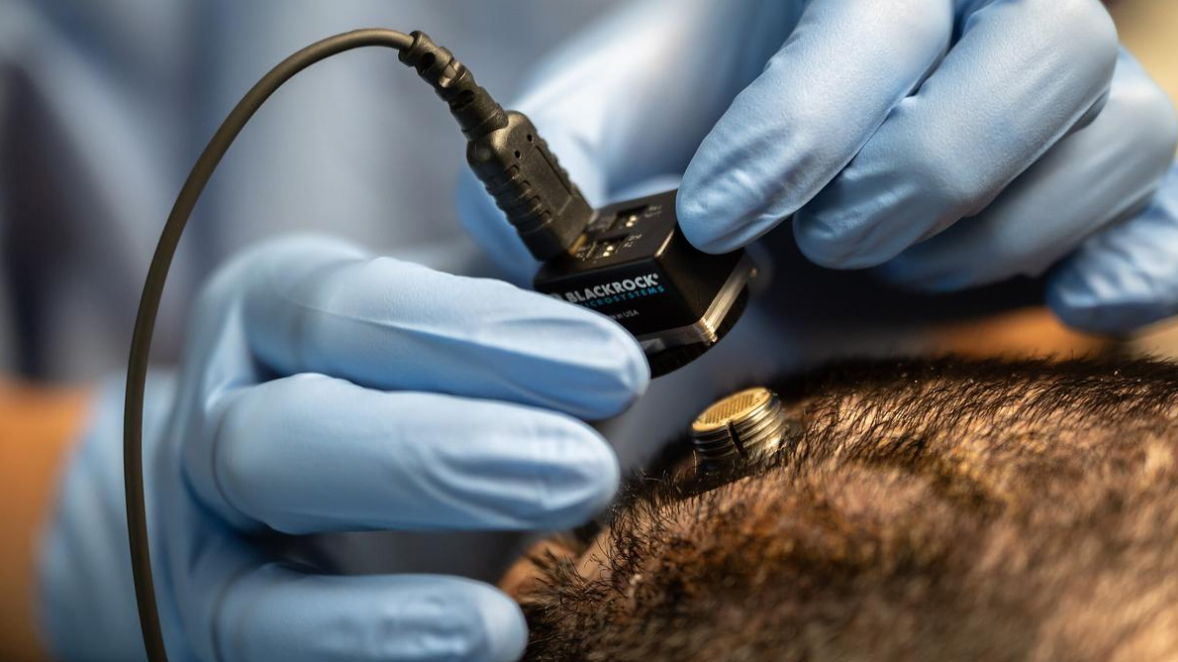



Researchers at CSIR-CCMB discovered that lipids play a crucial role in evolution, co-evolving with proteins like Respiratory Complex 1 (RC1) for cellular function. The study highlights lipid-protein interactions' impact on evolution, medicine, agriculture, and disease, suggesting new treatments for mitochondrial diseases and enhancing crop resilience.

Copyright infringement not intended
Picture Courtesy: THE HINDU
CSIR-Centre for Cellular and Molecular Biology (CCMB) researchers discover lipids play a crucial role in guiding evolution, alongside DNA and proteins.
Scientists have long believed that DNA mutations change proteins, driving evolution. Lipids, which make up about 30% of a cell’s dry weight, were seen as passive “packing material” in cell membranes. However, recent research proves that lipids actively participate in evolution, co-evolving with proteins to help organisms survive.
|
Study focuses on Respiratory Complex 1 (RC1) RC1 is a large protein complex in the mitochondrial inner membrane, crucial for producing energy during respiration (when cells use oxygen). It has three parts:
|
Kingdom-Specific Lipid-Protein Interactions
Proof of Lipid-Protein Co-Dependence
Lab Experiment: When researchers insert plant RC1 parts into human mitochondrial membranes, the RC1 complex falls apart. This shows RC1 needs lipids from the same kingdom (plant or animal) to stay intact. Lipids aren’t just passive; their structure determines which proteins can function, influencing cell survival.
Evolutionary Importance
Lipids evolved to meet survival needs. For example; plant lipids’ kinky structure likely developed to handle environmental stresses like drought, heat, or salinity, giving membranes flexibility. Proteins like RC1 evolved alongside lipids to maintain compatibility. This lipid-protein co-evolution ensures cells function properly in different organisms.
Scientific Impact
Medical Applications
Environmental and Agricultural Applicability
Source:
|
PRACTICE QUESTION Q. In the question given below, there are two statements marked as Assertion (A) and Reason (R). Mark your answer as per the codes provided: Assertion (A): Lysosomes are often referred to as the "suicidal bags" of the cell. Reason (R): They contain hydrolytic enzymes that can digest cellular components. Which of the options given below is correct? A) Both A and R are true, and R is the correct explanation for A. B) Both A and R are true, but R is not the correct explanation for A. C) A is true, but R is false. D) A is false, but R is true. Answer: A Explanation: Assertion (A) is true: Lysosomes are called the "suicidal bags" of the cell due to their function in intracellular digestion and their potential to release enzymes that can lead to cell breakdown. Reason (R) is true: Lysosomes contain a variety of powerful hydrolytic enzymes (enzymes that break down molecules using water) that are capable of digesting cellular components, including proteins, nucleic acids, carbohydrates, and lipids. Reason (R) correctly explains Assertion (A): The presence of these digestive enzymes within lysosomes is the very reason why they are referred to as "suicidal bags." If the lysosomal membrane ruptures, these enzymes can be released into the cytoplasm, leading to the digestion of the cell's own components. This process is involved in programmed cell death (apoptosis) and the breakdown of damaged organelles. |





© 2025 iasgyan. All right reserved